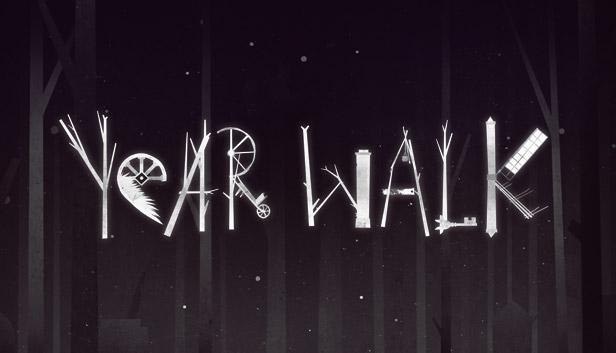I chose to play Year Walk, a mystery game developed by Simogo for platforms such as PC, iOS, and Wii U. Year Walk is a puzzle horror game inspired by Swedish folklore, in which the protagonist goes on a traditional “Year Walk” to try to get a glimpse of the future. The target audience for Year Walk is players drawn in by complex storytelling, as well as games in the horror genre- usually players 15 and up. Players traverse left, right forward and back on mostly static screens in a 2D landscape and click on elements to interact with the game. Players must solve puzzles in order to figure out the story around them, unlocking new areas to explore if they do. In general, the puzzle solutions themselves are used as resources, as players use them to move onwards in the narrative. Physical boundaries are put in place to make sure players know around where a puzzle is meant to be completed, and a bleak landscape other than objects players can interact with further help players establish rules on what might be interactive and what might not be.
Year Walk focuses strongly on narrative and challenge as their direct types of fun, as players are pushed forward by their lack of understanding of the story to solve puzzles and move the game forward. This is how narrative is woven within the mystery- creatures that players may not be initially familiar with guide the puzzles forward, and their constant reappearance strengthen the idea that they are important clues to how the story comes together. When the player ultimately reaches the portion of the game where they read the journals of a future year walker, they are able to fit the pieces of the mystery together and uncover the complete narrative. Year Walk’s retelling of Swedish folklore also help fit narrative into their mystery- using characters directly from tradition means that by highlighting narratives that users may not be too aware of, they are unfolding a narrative that is already built into the designs of the character.



